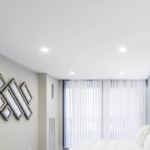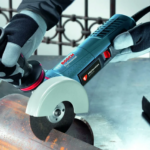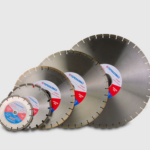Venetian plaster on the walls is a great way to bring originality to the interior of your apartment. She has a number of undeniable advantages compared to other types of walls for walls. These include the durability of the plaster, its resistance to destruction and cracking, as well as an unsurpassed appearance that imitates natural marble. In this article we will tell you about how to apply Venetian plaster with your own hand.
Necessary tools
Here is an approximate list of necessary accessories:
Kelm;
Spatulas (at least 3 pieces of different sizes);
Suede mittens or polishing machine (for polishing coating);
Cauler (paint);
Plaster.
The composition of the Venetian plaster
Venetian plaster are of two main types – on an acrylic or lime basis. These substances are binding to other components – suspension of lime, marble and gypsum. The differences between these types are small, and which one is better is difficult to say. Acryl makes the plaster more plastic, but it is believed that lime plaster gives the best result in terms of appearance.
Additional components can be added to different brands of plasters, such as, for example, mother of pearl. It gives the coating a silky view. Otherwise, the texture of the finished coating depends only on the technique of applying plaster.
The technology of applying plaster
It is quite difficult for the first time to apply Venetian plaster, but if you clearly follow the instructions, then everything should turn out.
First of all, you need to cover the wall with a layer of primer and thoroughly leve it. After drying out, the first layer of plaster is applied with a large spatula (in advance it to the desired shade), which needs to be tamped, led and left to dry for at least 8 hours. The remaining after drying of irregularity should be removed by a cell.
The following layers are finishing. Lay the plaster on them with smaller spatulas. Another option is a structural roller. If there is such a roller, apply plaster in the same layer as for the first time, and then walk along it with a roller, trying to maintain uniform pressure. The plaster quickly begins to grasp, so start giving the texture immediately after applying it. The finished pattern must be polished with a grinding machine or mittens.
The last layer is a wax protective coating. Apply the wax with a uniform thin layer, wait for its solidification and polish the finished coating.
So everything is ready. Here are a couple of tips finally:
Tint the mixture once (to guess the color will not work twice);
Pour the paint gradually, in small portions;
Work together to have time to apply a pattern
We hope the end result will pleasantly surprise you!





